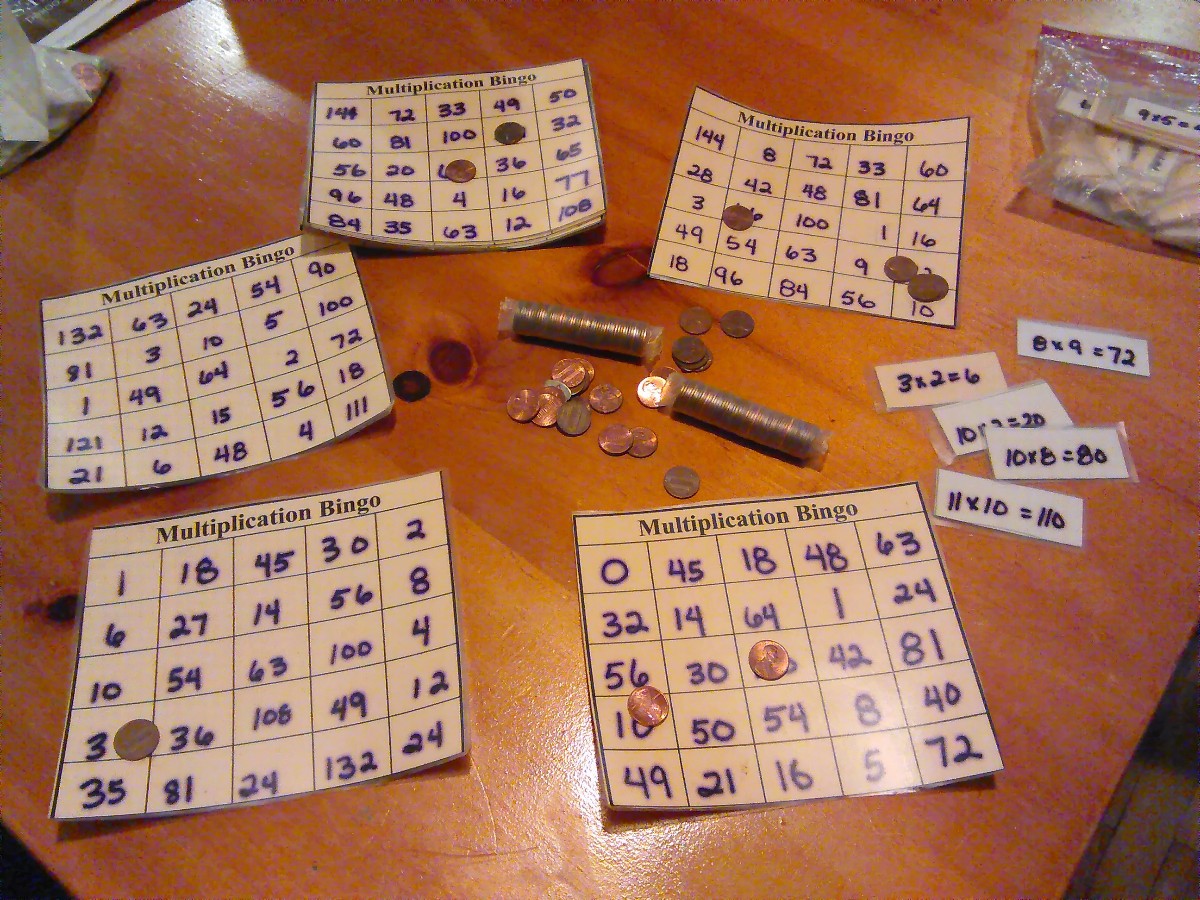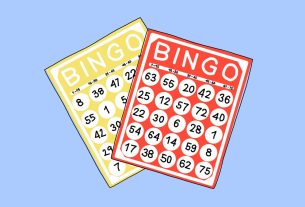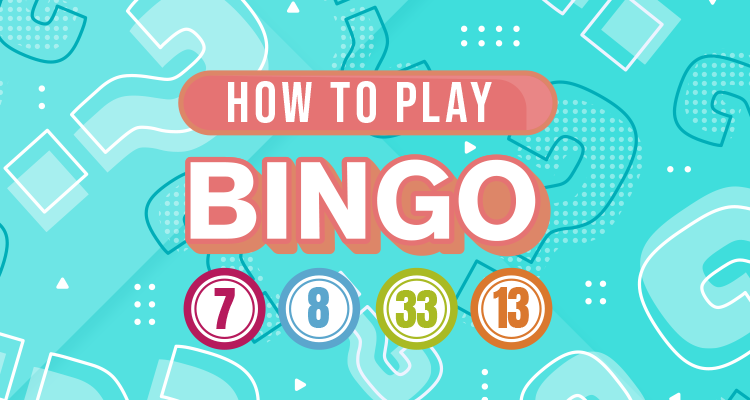In the United States, bingo continues to be a favorite game of chance where each participant plays numbers printed on cards having the corresponding numbers that have been chosen by the game master. There are three versions of bingo: American Bingo, European Bingo and World Bingo. The rules of play are the same for all three games. Each game has six ranks, ranging from the jackpot, or winner, to the loser or caller. A person is considered a caller when she calls a number or pays money to be the winner.
When playing any of the three variants of bingo, a player may acquire or lose bingo cards depending on how they are dealt. In American Bingo, players earn points every time they hit or miss a card. Points are added up until a player reaches a certain amount, which is known as the jackpot. Once the player reaches a certain amount, or wins a jackpot, the game is over. Different-sized bingo cards are used in European and World Bingo games, with regular cards being placed inside the pockets instead of the beano. This creates fewer opportunities for losing and, therefore, increases the chances of winning.
In North American Bingo, players place their cards inside a bag, labeled with the name of the player. Players then take turns calling the numbers out, either by hitting or missing them. If more than one number is called, then the player who has it wins the draw. In a European or World Bingo game, the same numbers are drawn in regular intervals and a new player is chosen to participate in the draw.
To see bingo in action, it is best to visit a bingo hall in one’s area. Many halls offer televised games so that people can watch others playing. The television shows often show other players’ hands as well as the bingo itself. There may also be portions of the room designated as the bingo hall, which allows players to play without interruption.
The actual scoring is done on standard Bingo scorecards. A player’s score is determined by how many words she can recall within a given time (the bingo scorecard), her probability of selecting letters and numbers (the letter-number combinations) and her consistency in playing bingo (her frequency of betting). In the United States and in many other locations around the world, a player’s past results and current scores are recorded on a daily basis, so these factors can be easily observed and taken into account.
In the United Kingdom, most bingo halls use electronic random number generators or an automated system known as an EPROM. An EPROM is a random number generator that operates using a non-secret programming code which generates and activates numbers one through nine. It is usually built into the computer that keeps the bingo cards arranged in a card deck. Most bingo halls will print the last known number or letter combination onto a special bingo card prior to each game. In some instances, a lucky player will win a prize from the bingo card manufacturer; these prizes are called Lucky Numbers.





